Table of Contents
In today’s fast-paced digital world, the concept of the Minimum Viable Product (MVP) has revolutionized the way products are brought to market. An MVP is a stripped-down version of a product that includes only its core functionalities, enabling businesses to validate their ideas quickly and cost-effectively.
According to recent data, over 60% of successful startups began with an MVP, allowing them to gather valuable user feedback and iterate rapidly. This approach not only minimizes financial risk but also accelerates time-to-market. By focusing on delivering a product that meets the fundamental needs of users, companies can ensure higher user satisfaction and increase their chances of success in the competitive market.
What is A Minimum Viable Product (MVP)?
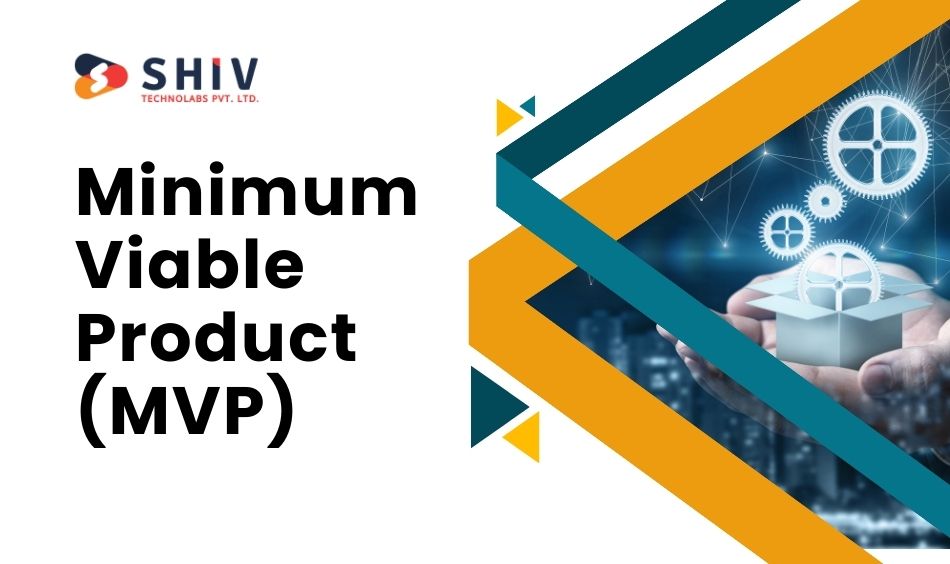
A Minimum Viable Product (MVP) is a product with just enough features to be usable by early customers who can then provide feedback for future development. This concept is fundamental to the lean startup methodology. It allows businesses to test their ideas and make improvements based on actual user feedback without investing too much time and money upfront. Whether it’s mobile app development or website development, the MVP is a critical step in the product development lifecycle as it helps to validate a product idea and gather insights about user needs and market demand.
By focusing on the essential features, an MVP aims to maximize learning about customers with the least effort. This approach helps in avoiding the development of products that customers do not want, thus minimizing waste and ensuring that the final product better meets market needs. The iterative process of developing, testing, and refining the MVP based on user feedback ensures that the product evolves to provide maximum value to its users.
Also Read:- Mastering Android Architecture: A Tutorial on MVP or MVVM
Values And Benefits Of Building MVP
# Business Value of an MVP
1) Cost Efficiency: Developing an MVP requires fewer resources compared to a fully-featured product. This approach helps in reducing the financial risk associated with new product launches. By focusing on core functionalities, companies can save on development costs and allocate their budget more effectively. This cost-effective strategy is particularly beneficial for startups and small businesses with limited resources.
2) Market Validation: An MVP helps businesses validate their product ideas in the real market. It allows them to understand if there is a genuine need for the product and if users are willing to pay for it. This real-world validation is crucial for making informed decisions about the product’s future development and marketing strategies. By testing the market early, businesses can avoid costly mistakes and pivot if necessary.
3) Early Revenue Generation: By launching an MVP, companies can start generating revenue while still developing the complete product. This early income can be reinvested to enhance the product further. The ability to generate revenue early on provides financial stability and helps in sustaining the development process. Additionally, early revenue can be used to attract further investment and support marketing efforts.
4) Attracting Investors: An MVP serves as a proof of concept. It demonstrates that the product has potential and can attract investment. Investors are more likely to fund projects that have shown initial success and have a clear path for growth. A working MVP provides tangible evidence that the business idea is viable, reducing the perceived risk for investors. This can lead to increased funding opportunities and better terms for the business.
# Benefits of an MVP for the Users
1) Early Access: Users get access to the product early on, allowing them to provide feedback and influence its development. This involvement creates a sense of ownership and increases user engagement. By involving users in the development process, businesses can build a loyal customer base that feels invested in the product’s success. Early adopters are often more forgiving of initial shortcomings and can provide valuable insights for improvement.
2) Focused Features: An MVP includes only the core features, providing a straightforward and user-friendly experience. Users do not have to deal with unnecessary complexities. This simplicity ensures that users can easily understand and use the product, leading to higher satisfaction and retention rates. By focusing on solving the primary problem, the MVP delivers immediate value to users.
3) Improved Product Fit: Continuous feedback from users helps in refining the product to better meet their needs and expectations. This iterative process ensures that the final product is well-aligned with user requirements. By listening to user feedback and making necessary adjustments, businesses can create a product that truly resonates with their target audience. This user-centric approach increases the likelihood of success in the market.
Benefits of an MVP for Design Teams
1) User-Centered Design: Design teams can base their decisions on real user feedback, ensuring that the product design is user-centric and meets the actual needs of the target audience. This approach leads to a more intuitive and satisfying user experience. By involving users in the design process, teams can identify and address usability issues early on, resulting in a more polished final product.
2) Iterative Development: The iterative nature of MVP development allows design teams to make incremental improvements. This approach leads to a more polished and user-friendly product over time. By continuously testing and refining the product, design teams can ensure that each iteration brings the product closer to meeting user expectations. This iterative process reduces the risk of major design flaws and enhances the overall quality of the product.
3) Efficient Resource Management: By focusing on the most critical features, design teams can use their resources more efficiently. This focus helps in avoiding the development of features that may not add significant value to the users. By prioritizing essential functionalities, design teams can allocate their time and effort where it matters most, ensuring that the MVP is developed within budget and on schedule. This efficient resource management contributes to the overall success of the project.
Also Read:- Top Tips for Selecting the Right Prototyping Tool for UI/UX
What To Do Before Building An MVP
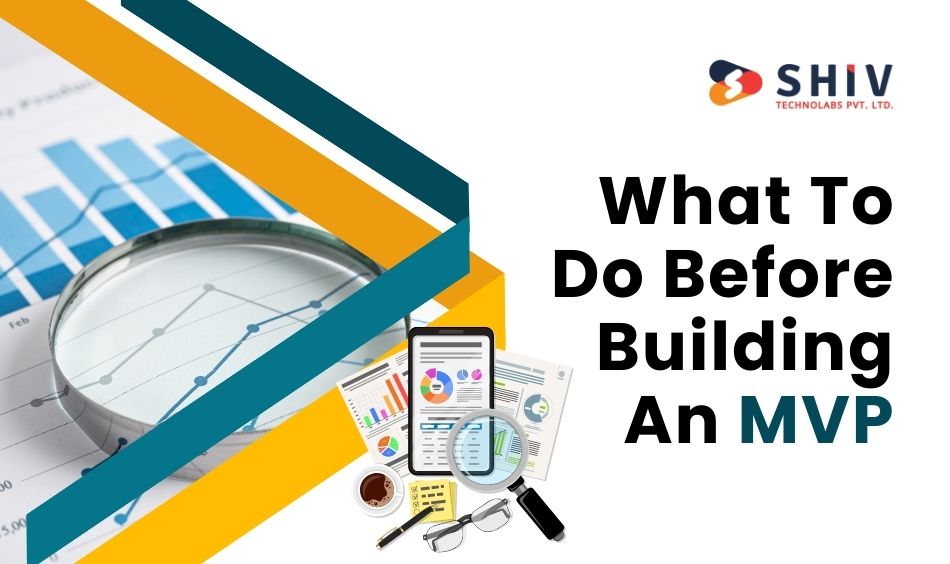
1) Market Research: Conduct thorough market research to understand the landscape, identify competitors, and find gaps that your product can fill. This research will provide insights into user needs and market trends. By analyzing the competitive landscape, businesses can identify opportunities for differentiation and gain a deeper understanding of their target audience. This research forms the foundation for a successful MVP development process.
2) Define Target Audience: Clearly define your target audience. Understand their pain points, preferences, and behaviors. This understanding will guide the development of your MVP. By creating detailed user personas, businesses can ensure that their product addresses the specific needs and preferences of their target audience. This targeted approach increases the likelihood of user adoption and satisfaction.
3) Set Clear Objectives: Establish what you aim to achieve with your MVP. Whether it’s validating a concept, attracting early adopters, or securing funding, having clear objectives will guide your development process. By setting measurable goals, businesses can track their progress and evaluate the success of their MVP. Clear objectives provide a sense of direction and purpose, ensuring that the development efforts are aligned with the overall business strategy.
4) Prioritize Features: Identify the core features that are essential for your product’s functionality. Focus on solving the primary problem your target audience faces. Avoid adding unnecessary features at this stage. By keeping the feature set minimal and focused, businesses can ensure that the MVP is developed quickly and efficiently. This prioritization helps in delivering a product that provides immediate value to users and serves as a solid foundation for future development.
5) Create User Stories: Develop user stories to understand how different types of users will interact with your product. These stories will help in designing a user-friendly interface and experience. User stories provide a clear and concise way to capture user requirements and expectations. By considering various user scenarios, design teams can ensure that the product is intuitive and easy to use for all types of users.
6) Choose the Right Technology: Select the technology stack that best fits your product’s requirements and allows for easy scalability in the future. The choice of technology can significantly impact the development process and the product’s performance. By selecting a scalable and flexible technology stack, businesses can ensure that their MVP can evolve and grow as needed. This strategic choice reduces the risk of technical debt and facilitates future enhancements.
Also Read:- Effective Use of Typography in UI Design by Experts
Steps Of Building An MVP
1) Idea Validation: Before starting development, validate your idea through surveys, interviews, or landing pages. This validation ensures that there is genuine interest in your product. By gathering feedback from potential users, businesses can assess the demand for their product and identify any potential challenges. This validation step helps in refining the product idea and increasing the chances of success.
2) Build a Prototype: Create a basic prototype to visualize your product. This can be a simple wireframe or a mockup that helps in understanding the user flow and interface. Prototyping allows design teams to test different design concepts and gather feedback before committing to full-scale development. This iterative process helps in identifying and addressing design issues early on, resulting in a more user-friendly product.
3) Develop Core Features: Focus on building the core features that address the main problem. Ensure these features provide value to the users and are easy to use. By keeping the feature set minimal, businesses can develop the MVP quickly and efficiently. This focused approach ensures that the MVP delivers immediate value to users and serves as a foundation for future development.
4) Test Internally: Conduct internal testing to identify and fix any major issues. This step helps in ensuring that the product works as intended before releasing it to the public. Internal testing allows design and development teams to identify and address any technical or usability issues. This step helps in ensuring that the MVP is of high quality and ready for user testing.
5) Launch MVP: Release your MVP to a selected group of users. This can be done through beta testing or a limited release to gather initial feedback. By releasing the MVP to a small group of users, businesses can gather valuable insights and make necessary improvements before a full-scale launch. This controlled release helps in identifying and addressing any issues, ensuring a smoother and more successful product launch.
6) Gather Feedback: Collect feedback from users to understand their experience, identify pain points, and gather suggestions for improvement. By actively seeking user feedback, businesses can gain a deeper understanding of user needs and preferences. This feedback is crucial for making informed decisions about the product’s future development and enhancements.
7) Iterate and Improve: Based on the feedback, make necessary adjustments and improvements. This iterative process helps in refining the product and adding features that users find valuable. By continuously iterating and improving the product, businesses can ensure that the MVP evolves to meet user needs and market demands. This iterative approach leads to a more polished and user-friendly product.
8) Scale Gradually: As your product gains traction and you gather more insights, gradually scale the product by adding new features and expanding your user base. By scaling gradually, businesses can ensure that the product remains stable and performs well as user demand increases. This approach allows for controlled growth and reduces the risk of overloading the development team or infrastructure.
Why Choose Shiv Technolabs For Your MVP?
# Expertise in MVP Development
Shiv Technolabs has extensive experience in developing MVPs across various industries. Our team understands the nuances of creating a product that meets market demands while being cost-effective. By leveraging our expertise, businesses can ensure that their MVP is developed efficiently and effectively.
# User-Centric Approach
We prioritize the needs and preferences of your target audience. Our user-centric approach ensures that the MVP we develop resonates with your users and provides them with real value. By focusing on user needs, we create products that are intuitive, user-friendly, and highly satisfying.
# Efficient Development Process
Our streamlined development process focuses on delivering high-quality MVPs within a short timeframe. We use agile methodologies to ensure flexibility and adaptability throughout the project. This efficient process allows us to deliver MVPs quickly and with high quality, meeting the needs of our clients and their users.
# Ongoing Support and Iteration
At Shiv Technolabs, we believe in continuous improvement. We offer ongoing support and iteration services to refine your product based on user feedback and market trends. Our commitment to continuous improvement keeps your product relevant and competitive in the market.
# Cross-Platform Expertise
Whether you need an MVP for mobile, web, or both, our team has the expertise to deliver robust solutions that perform smoothly across platforms. By providing cross-platform expertise, we expand the reach of your MVP, meeting the needs of users on various devices.
# Proven Track Record
With a portfolio of successful MVPs, Shiv Technolabs has demonstrated its ability to turn ideas into market-ready products. Our clients rely on us to deliver innovative solutions that drive business success. By collaborating with us, businesses benefit from our experience and expertise in developing successful MVPs.
# Collaborative Approach
We work closely with you throughout the development process, making sure that your vision and goals are fully realized in the MVP. Our collaborative approach fosters transparency and effective communication. By working closely with our clients, we align the final product with their vision and business objectives.
Conclusion
Building an MVP is a strategic move for any business looking to enter the market quickly and efficiently. By focusing on essential features and gathering user feedback early, businesses can create products that truly resonate with their audience. This method not only saves time and resources but also sets a solid foundation for future development. In the evolving landscape of digital products, having a robust MVP can make the difference between success and failure.
For companies in Australia looking for top-notch MVP development, Shiv Technolabs stands out as a premier UI/UX design company. Our team of UI/UX experts is dedicated to creating intuitive and engaging user experiences that meet the unique needs of your target audience. Shiv Technolabs can bring your vision to life with an MVP that is both innovative and user-centric.

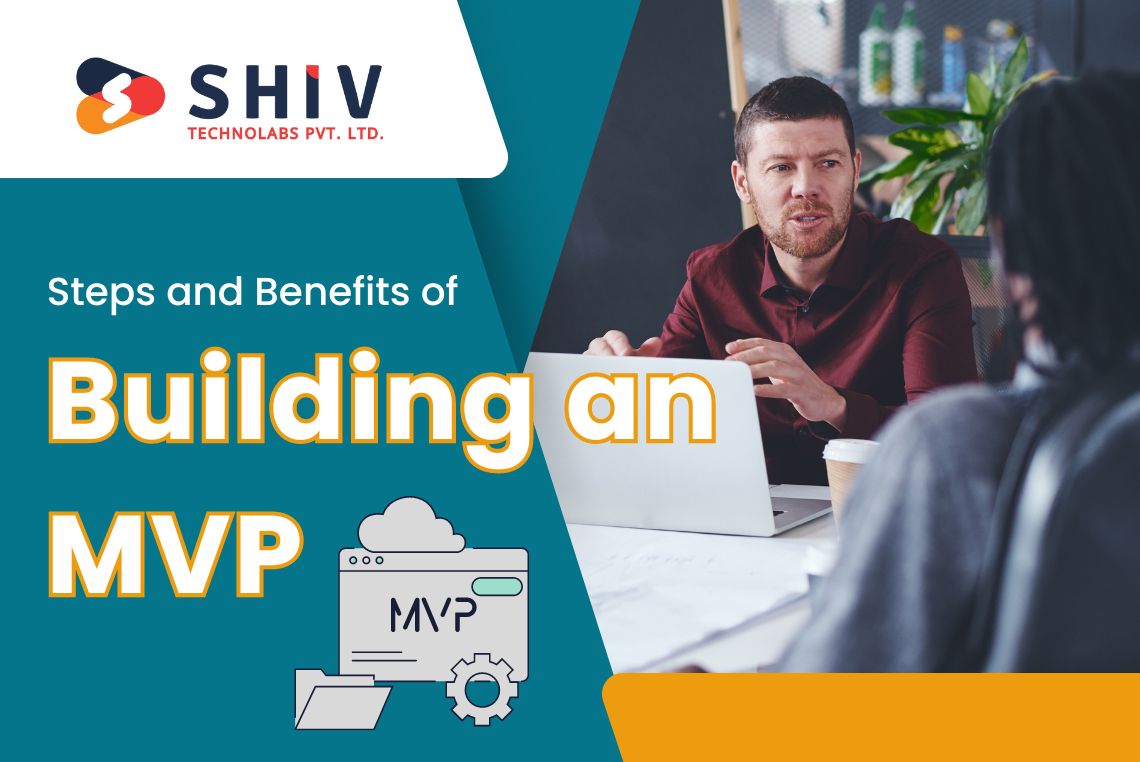

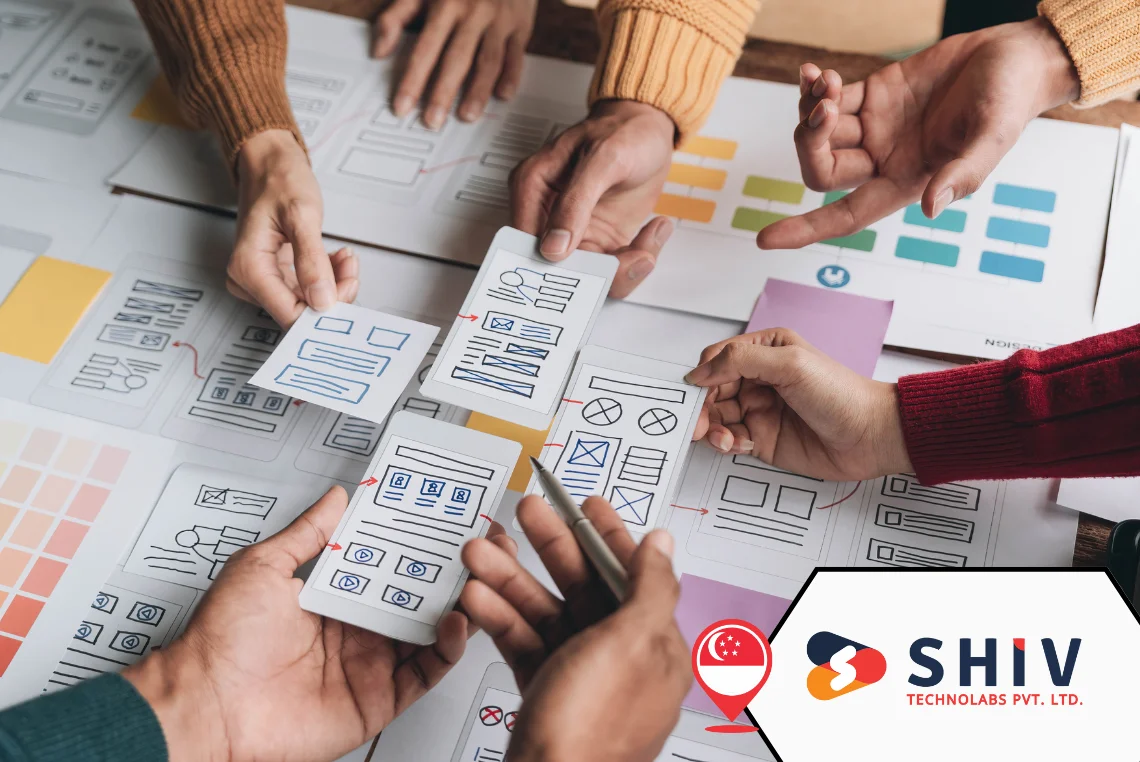

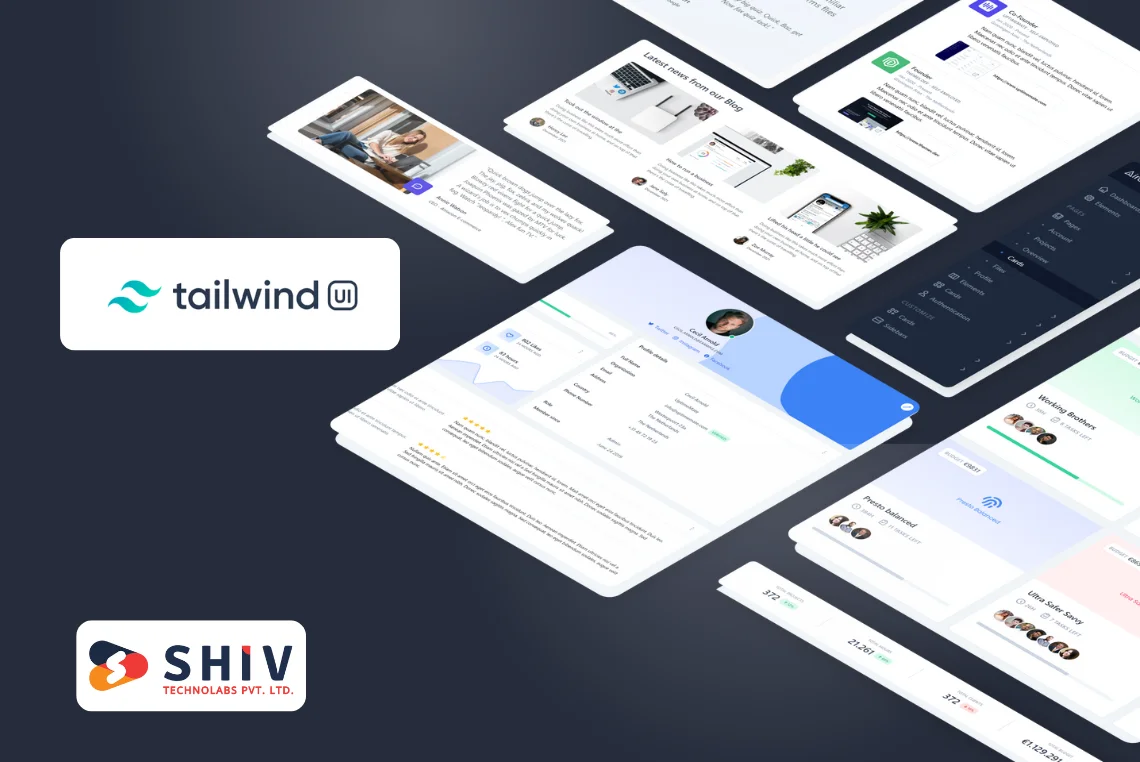
![Web Design Hacks Used by Billion-Dollar Brands [How You Can Use Them Too!]](http://167.86.116.248/shivlab/wp-content/uploads/2025/03/Web-Design-Hacks-Used-by-Billion-Dollar-Brands-How-You-Can-Use-Them-Too.webp)













